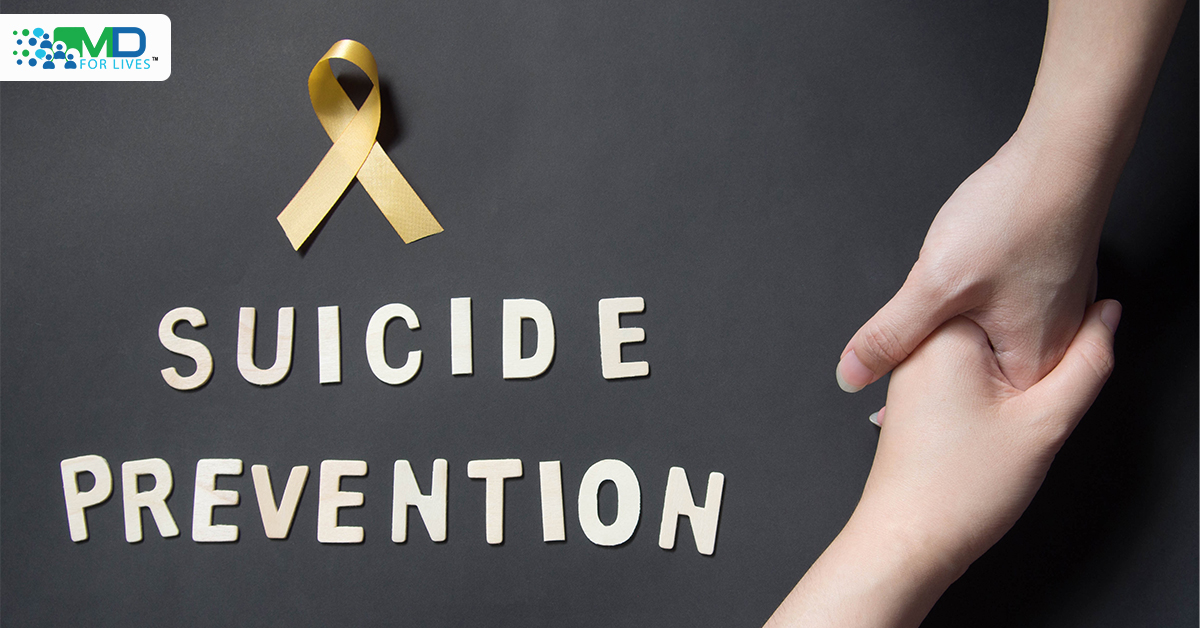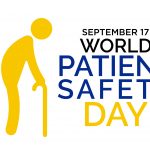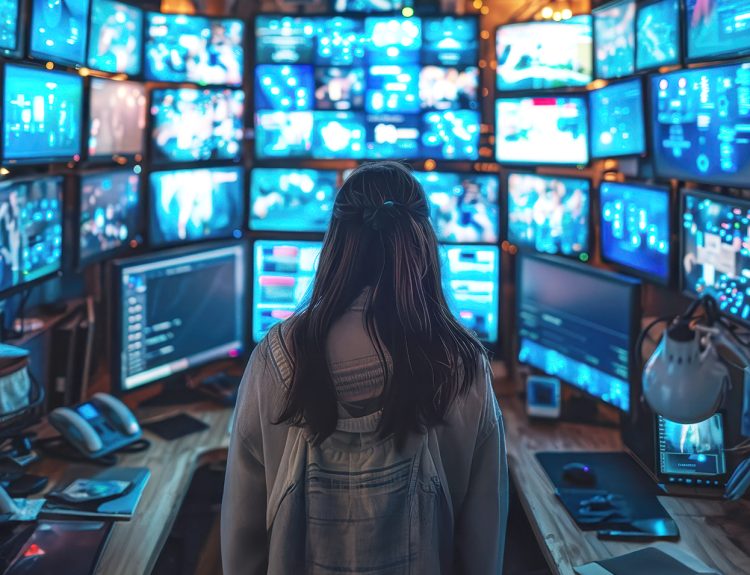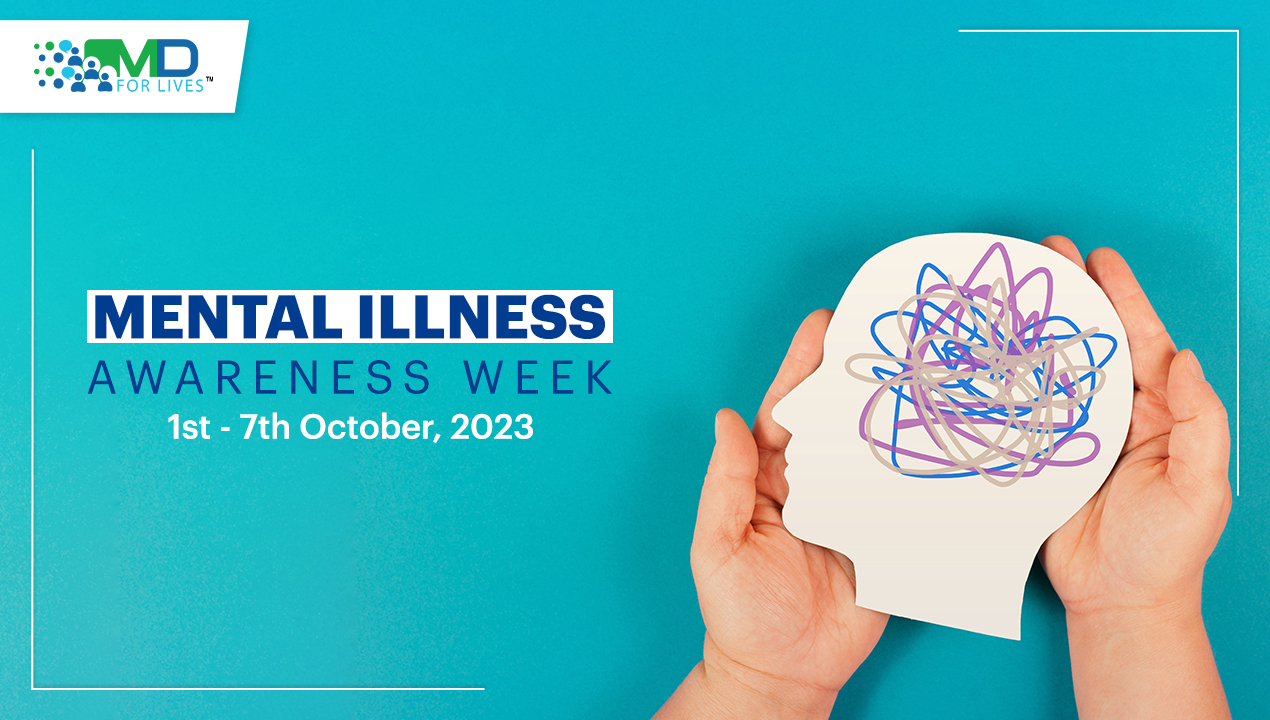Mental health awareness has never been more important than this time when the whole world is in chaos. The immense change people have been forced to accept can cause a substantial toll on even the most formidable mind. While some people win the silent battle inside their heads, others choose to fight and surrender.
According to the World Health Organization (WHO), an approximate of 800,000 a year die from suicide, which means that one person dies every forty seconds. WHO further forecasts that by 2020 the rate will escalate to one per second. And with the harsh first half months of 2020, it can be terrifyingly possible. While some countries have successfully flattened the Covid infection curve, many countries are still fighting with this invisible enemy tooth and nail.
Mental State and Covid
The Greek philosopher, Aristotle, believed that humans, by nature, are political animals. Humans, therefore, require obtaining and preserving interpersonal relationships to feel mentally and socially healthy. With the physical and social distancing protocols put in place, human interaction is constrained, and new impediments are built that torments individuals with mental illnesses.
In the United States alone, in a tracking poll conducted in mid- July 53% of adults reported that the pandemic’s stress and worry have profoundly and negatively impacted their mental health. Many have reported experiencing difficulty eating and sleeping, a rise in alcohol consumption, or, worse, substance abuse.
Apart from the social distancing and health restrictions that have become the new normal for most countries globally, the human population is also overwhelmed by the news about the thousands of lives lost and the dangers posed by the virus. To find hope in a situation that does not seem to be offering a light at the end of the tunnel is naturally exhausting and can also be another straw that will break a camel’s back.
Does this pandemic put more people in danger of suicide?
According to some experts, for now, it is incredibly challenging to say with certainty the extent of the pandemic’s effect on mental health. Several countries have already reported pandemic-associated suicides. However, due to the high fatality rates linked to the virus, these suicides were given less notice.
The magnitude of this global pandemic may be comparable to the outbreak in the 1918–19 known as the Spanish Flu pandemic caused by H1N1 viruses with avian-origin genes. In the peak of this H1N1 pandemic, 50 million out of the 500 million people who were infected died. It has been found out that the outbreak was related to a rise in suicide deaths, and this spike was brought about by the decline in social interaction and anxiety. Alarmingly, social distancing, isolation, and fear are also common during the current Covid pandemic.
How do we spot a person with suicidal tendencies?
Having suicidal thoughts and tendencies don’t happen overnight. And about 70% of the time, people who think of committing suicide give verbal or nonverbal cues about their intention to do so.
If a friend or relative suddenly exhibits drastic changes in his behaviour and becomes withdrawn from friends and other social activities, this person might be flashing the warning signs. Furthermore, a person who experiences a lack of appetite, difficulty sleeping, talks about committing suicide, and increases his alcohol or drug intake also raises the red flag. Low self-esteem and hopelessness for the future are also things to be aware of, as these are likewise indicators of a person’s suicidal tendencies.
Suicide can be Prevented
The silver lining is that suicide can be prevented. Suicide prevention begins with the recognition of the warning signs and acting on it.
Cliché as it may seem, an excellent way to help is to offer an open, emphatic, and listening ear. However, it is difficult and takes a lot of courage to help someone who is suicidal. Seeking professional help, such as psychologists and psychiatrists, is the best way since they are more equipped to handle a suicidal person.
People with these thoughts frequently believe that they are hopeless and cannot be helped at all. Having a more positive mindset might take some time, especially if someone has been contemplating it for quite a while. As a concerned loved one, being proactive, like spending quality time and making new happy memories together, will also aid in the other person’s journey to recovery.
Despite the pandemic and social inhibitions put in place, sending support and love is easy with the blessing from the technology gods. Different social media platforms are available to keep everybody connected.
This pandemic has already taken too many lives and caused deep anguish. If there’s a way that anybody can make this time more bearable even with the smallest gesture, it should be done. There’s nothing wrong with sharing love, kindness, and light, especially during the darkest of times.

Citations:
1. Cheung Y T, P H Chau and P S F Yip (2008), “A revisit on older adults suicides and Severe Acute Respiratory Syndrome (SARS) epidemic in Hong Kong”, International Journal of Geriatric Psychiatry 23(12): 1231–8.
2. Ltd, B. (n.d.). Befrienders Worldwide. Retrieved September 08, 2020, from https//www.befrienders.org/suicide-statistics
3. Mark A. Reger, P. (2020, April 10). Suicide Mortality and Coronavirus Disease 2019-A Perfect Storm? Retrieved September 08, 2020, from https//jamanetwork.com/journals/jamapsychiatry/fullarticle/2764584
4. Nirmita Panchal, R., & 2020, A. (2020, August 21). The Implications of COVID-19 for Mental Health and Substance Use. Retrieved September 08, 2020, from https//www.kff.org/coronavirus-covid-19/issue-brief/the-implications-of-covid-19-for-mental-health-and-substance-use/
5. Ribeiro, E. (2020, August 12). Fighting suicide during COVID-19. Retrieved September 08, 2020, from https//voxeu.org/article/fighting-suicide-during-covid-19
6. Sher, L. (2020, June 30). Impact of the COVID-19 Pandemic on Suicide Rates. Retrieved September 08, 2020, from https//academic.oup.com/qjmed/advance-article/doi/10.1093/qjmed/hcaa202/5857612
7. Smith, M., M.A., Segal, J., PhD, & Robinson, L. (2019, October). Suicide Prevention. Retrieved September 08, 2020, from https//www.helpguide.org/articles/suicide-prevention/suicide-prevention.htm
8. Suicide Warning Signs. (2019, November). Retrieved September 08, 2020, from https//www.apa.org/topics/suicide/signs
9. Suicide: One person dies every 40 seconds. (n.d.). Retrieved September 08, 2020, from https//www.who.int/news-room/detail/09-09-2019-suicide-one-person-dies-every-40-seconds
10. Vitelli, R., PhD. (2020, June 07). Are We Facing a Post-COVID-19 Suicide Epidemic? Retrieved September 08, 2020, from https//www.psychologytoday.com/intl/blog/media-spotlight/202006/are-we-facing-post-covid-19-suicide-epidemic







1 Comment
Survivors of Suicide Loss day November, 2020 | MDforLives
5 years ago[…] when it ranked 18th as the leading cause of death worldwide. Let’s create awareness and prevent suicide in this “Survivors of suicide loss […]